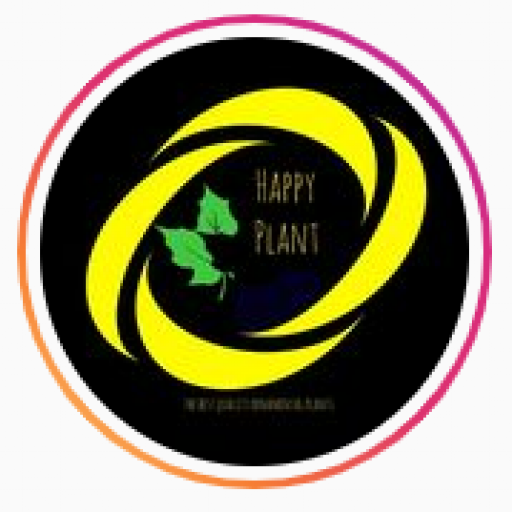Paludarium Plants – Anything tropical is fine as long as you have a diverse landscape of land and water!
The real challenge is knowing which species will thrive in specific conditions and how to make the most of them (individually and together) to create a beautiful and healthy landscape.
Join me as we cover the four main types of old trees and dive into each to find out what to look for—plus my top picks.
Ready? Let’s go.
Choosing The Best Paludarium for Your Setup
Okay, with such a wide range of plants on offer, start by narrowing your search.
As an extension of the terrarium with aquatic elements, we are mainly interested in tropical species. These will thrive in warm, humid, high-humidity (duh) conditions.
The “best palace” will be one-of-a-kind for you and your vision.
Here are some things to consider:
- In comparison, how much land is there? Will water alter your environment? It will help you determine the ratio of terrestrial to semi-aquatic plants and what plants you may need to fill the space (e.g., grass versus foliage).
- What type of biome would you like to create? A lush rainforest will need very different plants than an island archipelago. You don’t need a big vision at this point, just an idea and an intention.
- Do you combine land and sea animals in your environment? Non-venomous species that are tough enough to withstand all-day travel will be required.
- How big is the pool in your palace? Larger tanks equal bigger plants.
With this system of dealing, we can start focusing on the appropriate plant species.
But don’t worry, it can be as complicated as you want. There are numerous old trees from which to choose.
List of Paludarium Plants
Aquatic Plants
Starting from the bottom, these are aquatic species that you will grow directly in an aquatic medium.
Honestly, there are many potential aquatic plants (i.e., hundreds). However, we can reduce them to meet our needs based on a few simple principles.
It will simplify the process.
Next, consider what type of aquatic plant you will require. Some people are better at filling a space with density than others are at highlighting.
If you’re looking to build an additional aquarium with just a little land, you may want to expand your technology and options.
Anyway, I would recommend this guide to aquatic plants from Green Aqua on YouTube for a closer look.
Semi-aquatic Plants
Next, we come to semi-aquatic (intermediate) plants.
It is the most adaptable of all plants because, under the right conditions, these exciting plants can grow in and out of water.
Great, isn’t it?
It is called “emergence” growing in water because the roots are in the water, so this foliage is above it. This method has numerous advantages, including better CO2 (from the air) absorption and fewer algae and pest problems.
But, the main attraction of these fringe plants is that they can naturally plant the boundaries from underwater to terrestrial—ensuring that every part of the construction looks vibrant and alive!
Plants that can do this are often referred to as “riparium trees” because they are did find in riparian areas (wetlands next to rivers and streams).
Terrestrial Plants
Now on land!
You can mature a wide range of tropical plants as long as you can keep them moist or have a system set up to provide the necessary humidity, such as mist or mist.
Since an old tree is inherently a humid place (it comes with the territory), it makes sense to choose a range of terrestrial species that also thrive in wet environments.
If you’re feeling adventurous, you can even try a carnivorous plant like Sundew here and there.
Epiphytes
Finally came the epiphytes.
These adaptable plants can grow on your rocks and driftwood to bring the upper floors of your palace to life.
With their brightly colored leaves and intricate asterisks, Neoregelia bromeliad species are excellent additions to the rainforest. Alternatively, the Tillandsia air plant’s vines can liven up your garden.
Where to find Paludarium plants for sale
I recommend buying from www.happyplantgroup.com.



Nice info